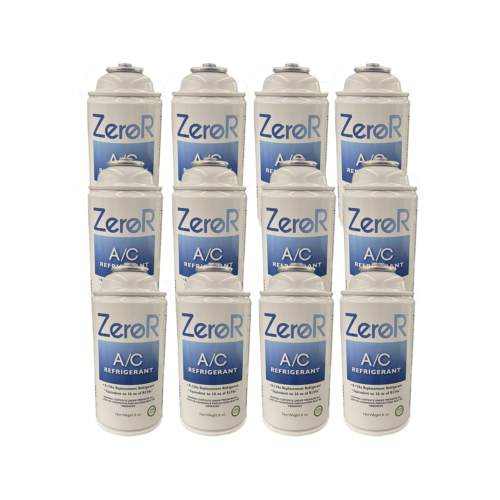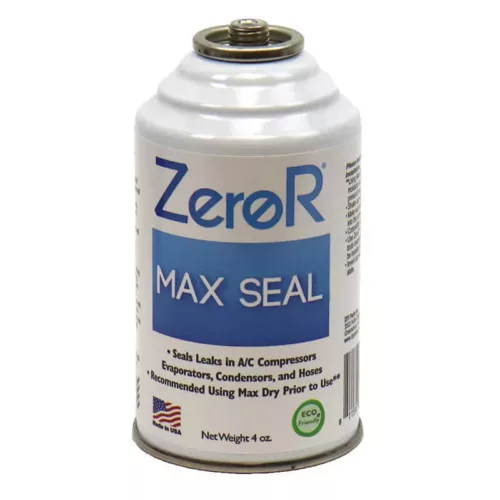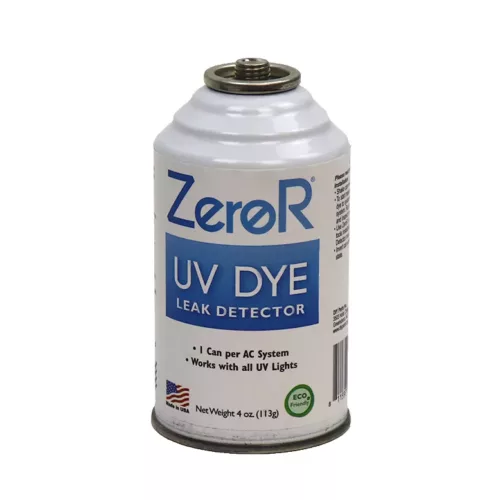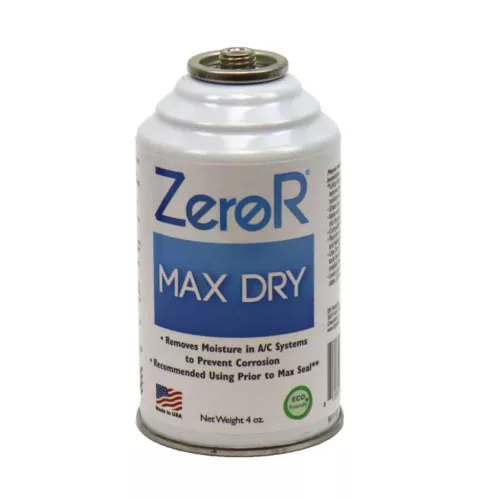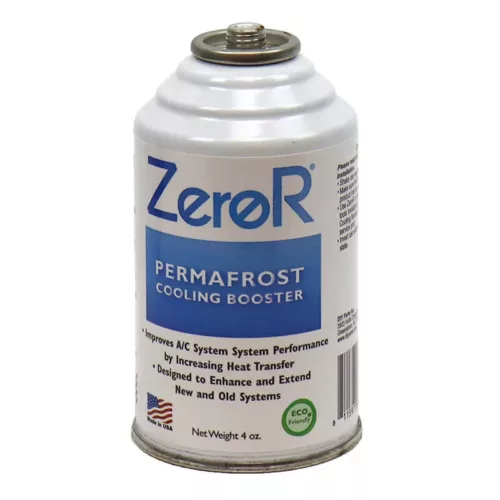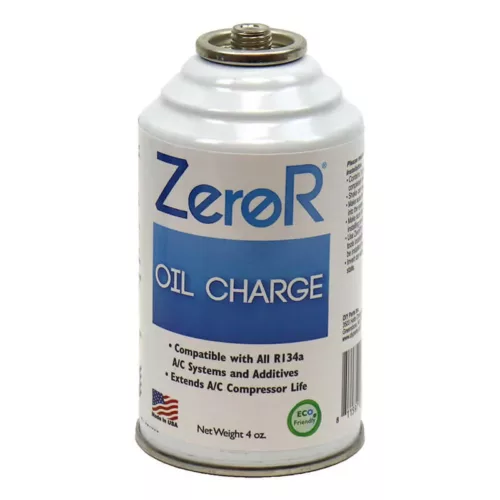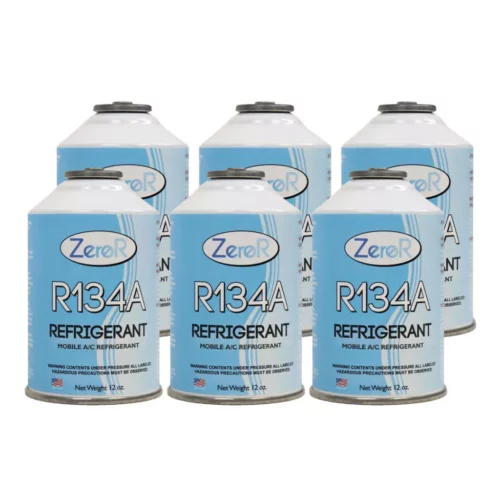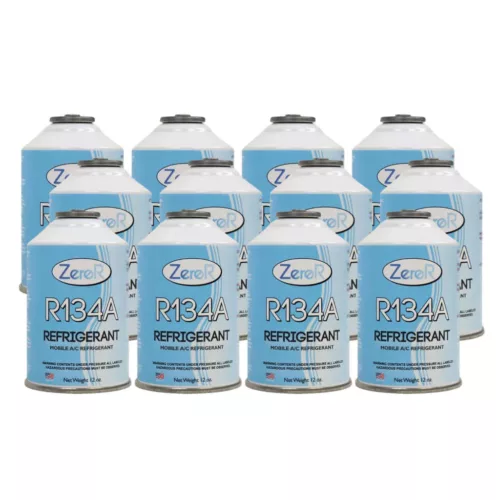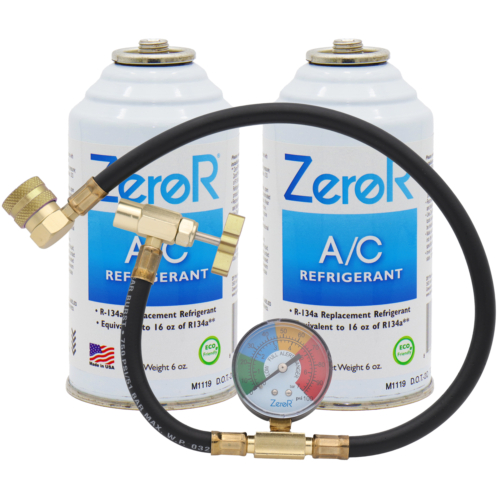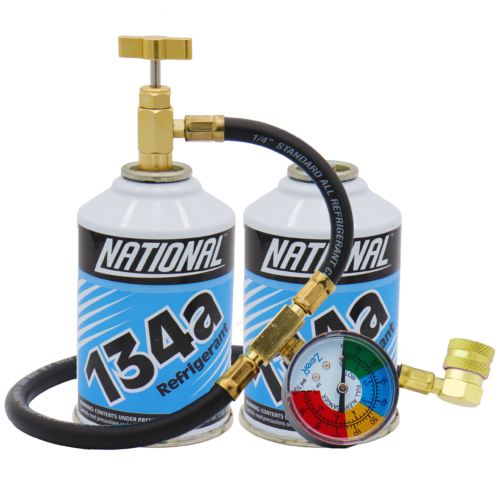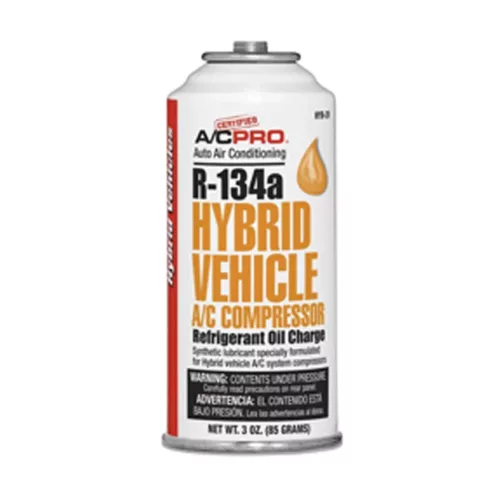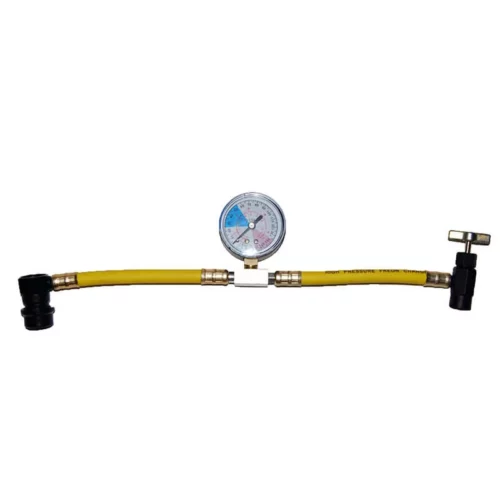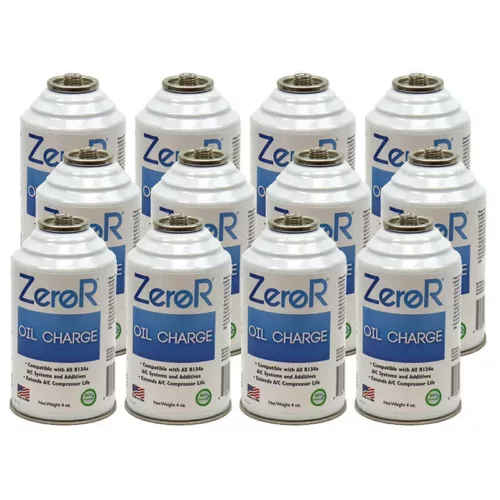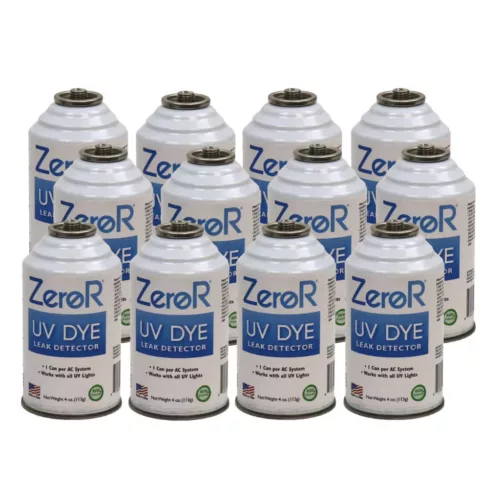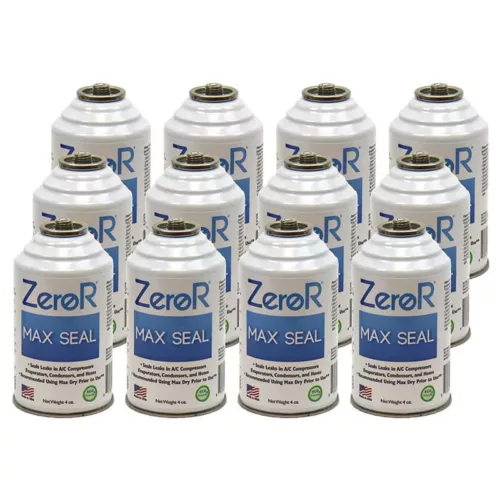0
0 items
$0.00
No products in the cart.
Vehicle Air Conditioning Products
Shop our selection of high-quality brands of auto air conditioning DIY maintenance products to perform your own car AC recharge. If you’re looking for an auto AC refrigerant, AC gauge, AC leak detector dye, AC drying agent, compressor boosters (refrigerant oil), or even a complete car refrigerant replacement kit, you’ve come to the right place.
SKU: 12-Z134
SKU: ZRMS4
SKU: ZRUVLD
SKU: ZRMD4
SKU: 3-GR134
SKU: ZRPF
SKU: 6-GR134
SKU: 12-GR134
SKU: Z134TOK-A2
SKU: GR134TOK
SKU: R134HYBOC
SKU: 12-ZRUVLD
SKU: 12-ZRMS4
Product Type
- AC Additives (9)
- Adapters (1)
- Hoses & Fittings (2)
- Lubricant (2)
- Refrigerant (12)
- Stop Leak (3)
- Tools (1)
- UV Dye (3)
Filter by price
DiY Parts, Inc.
DiY Parts serves professionals, do-it-yourselfers, and everyday drivers to help keep vehicles safe and in the best shape possible.
Contact Us
PO Box 1716
Asheboro, NC 27204
(844) 900-1707
- Quality parts for the quality DIYer since 2006
- Free economy shipping on orders over $60
Copyright 2024 © DiY Parts, Inc. | All Rights Reserved

